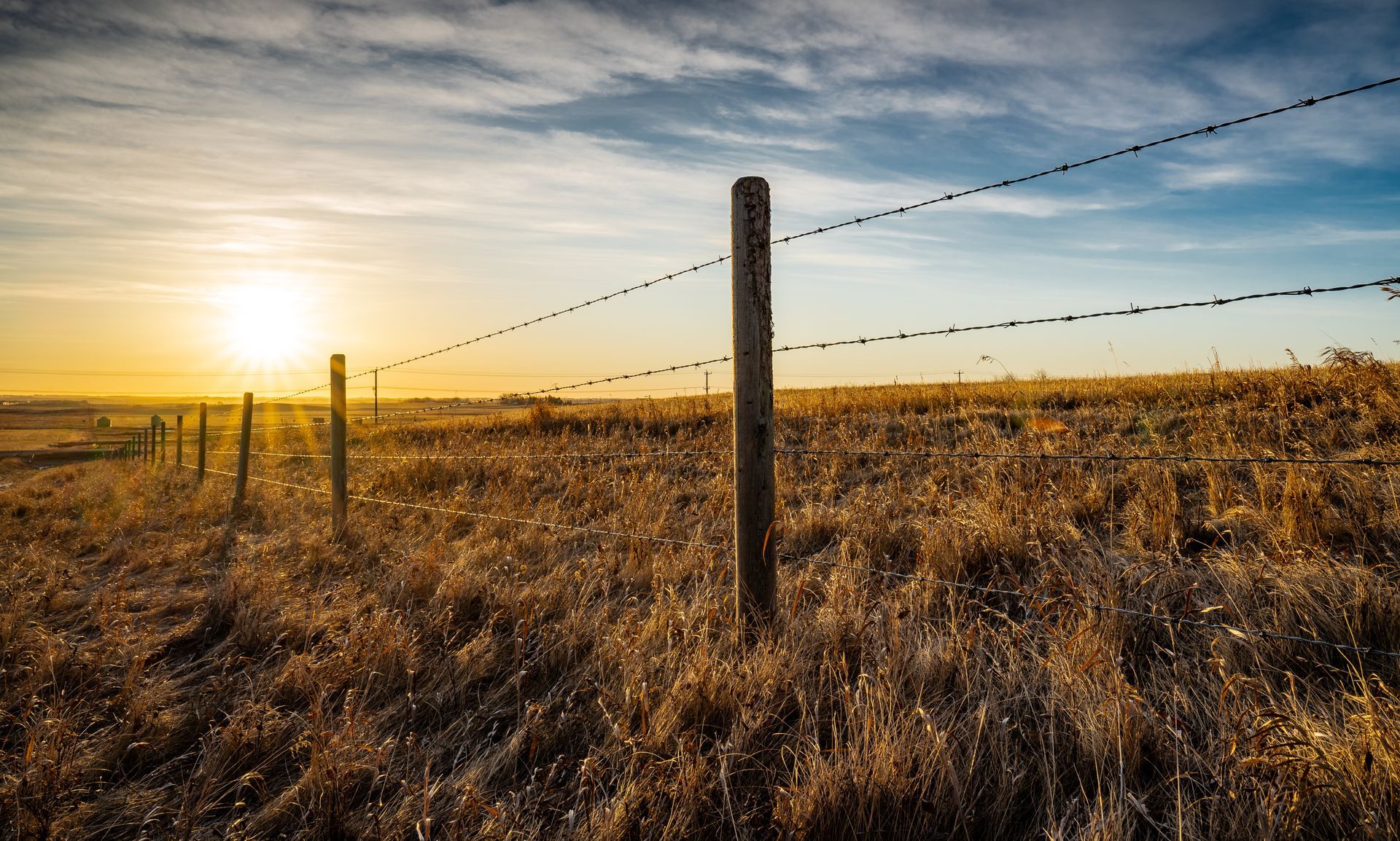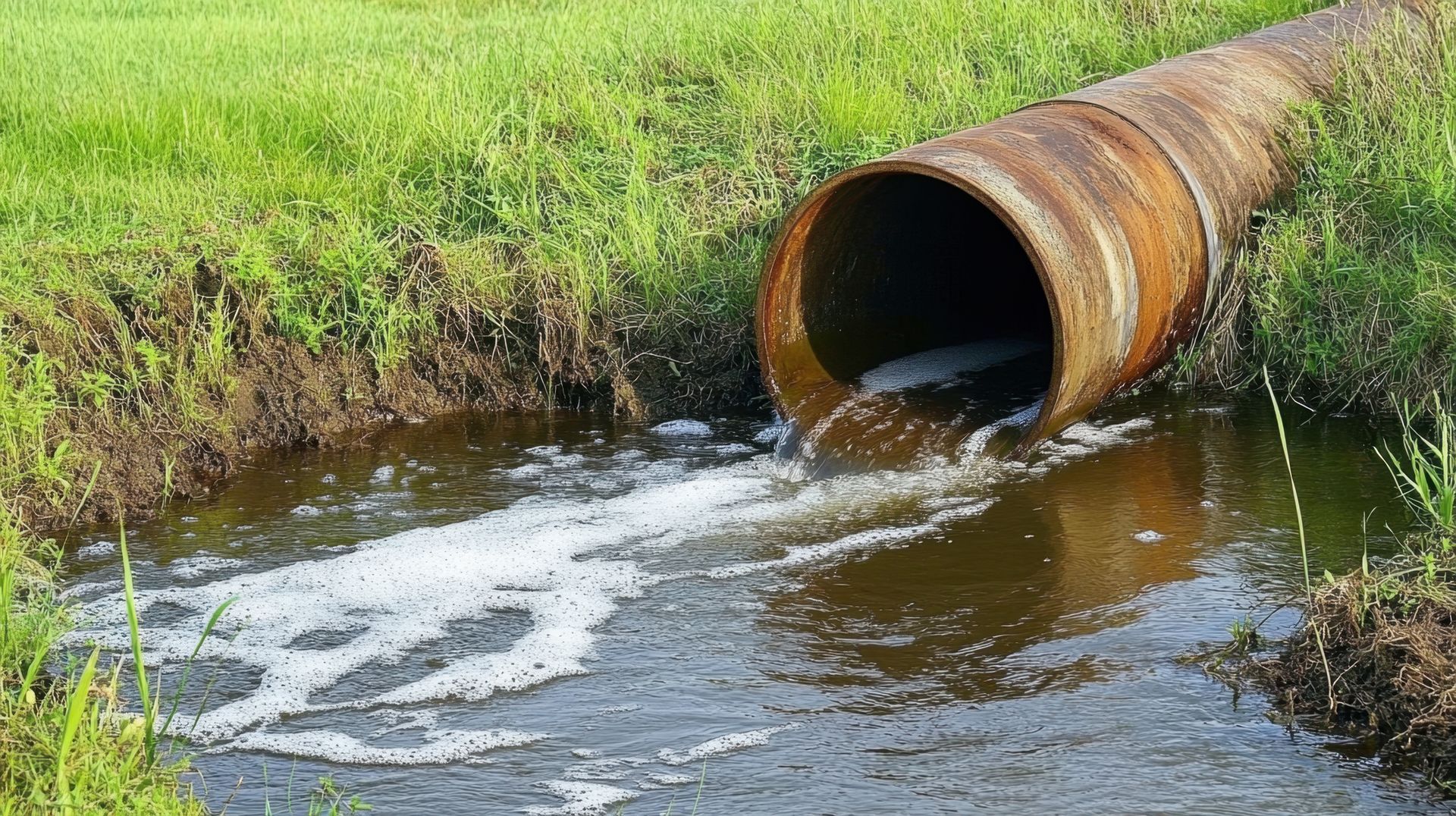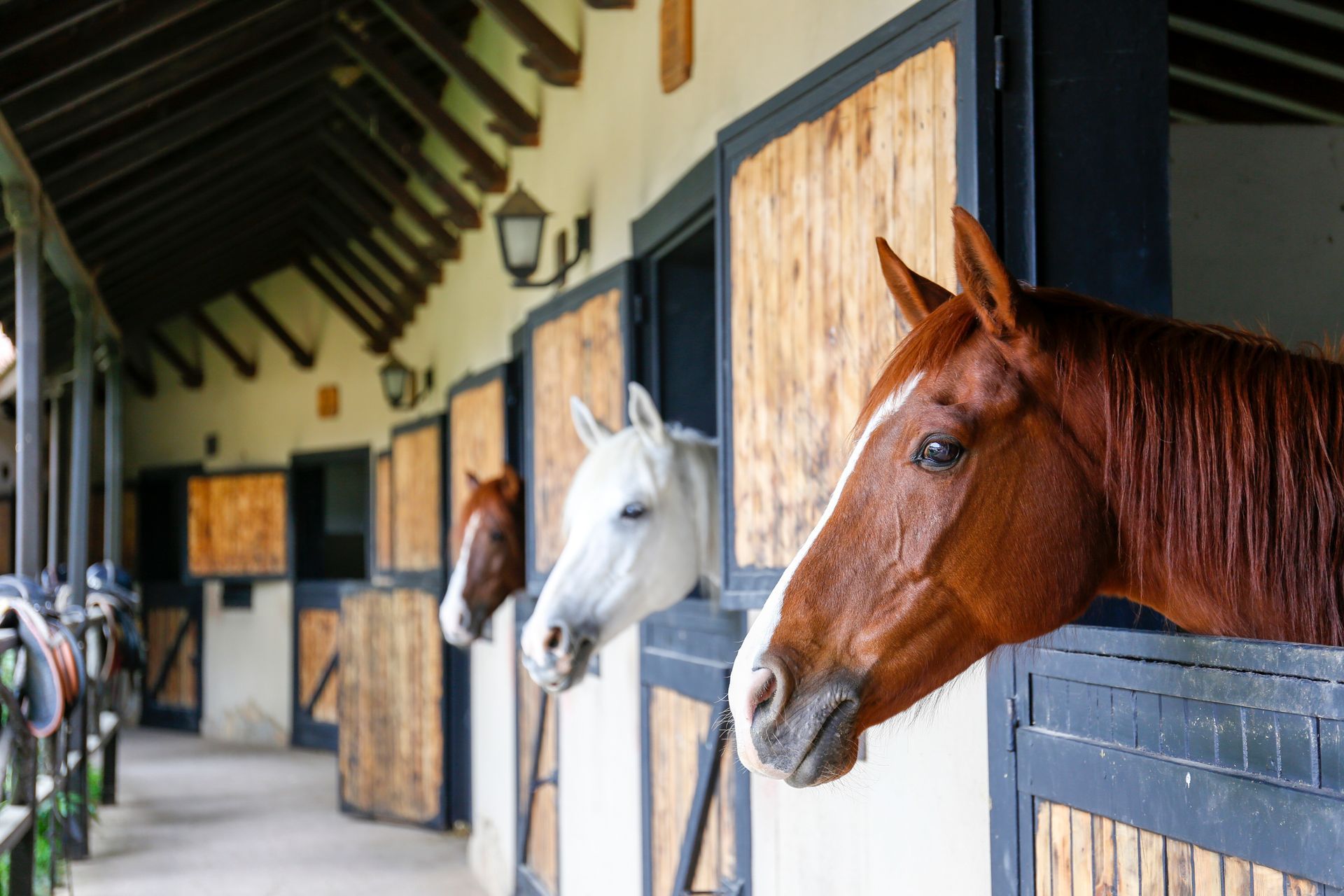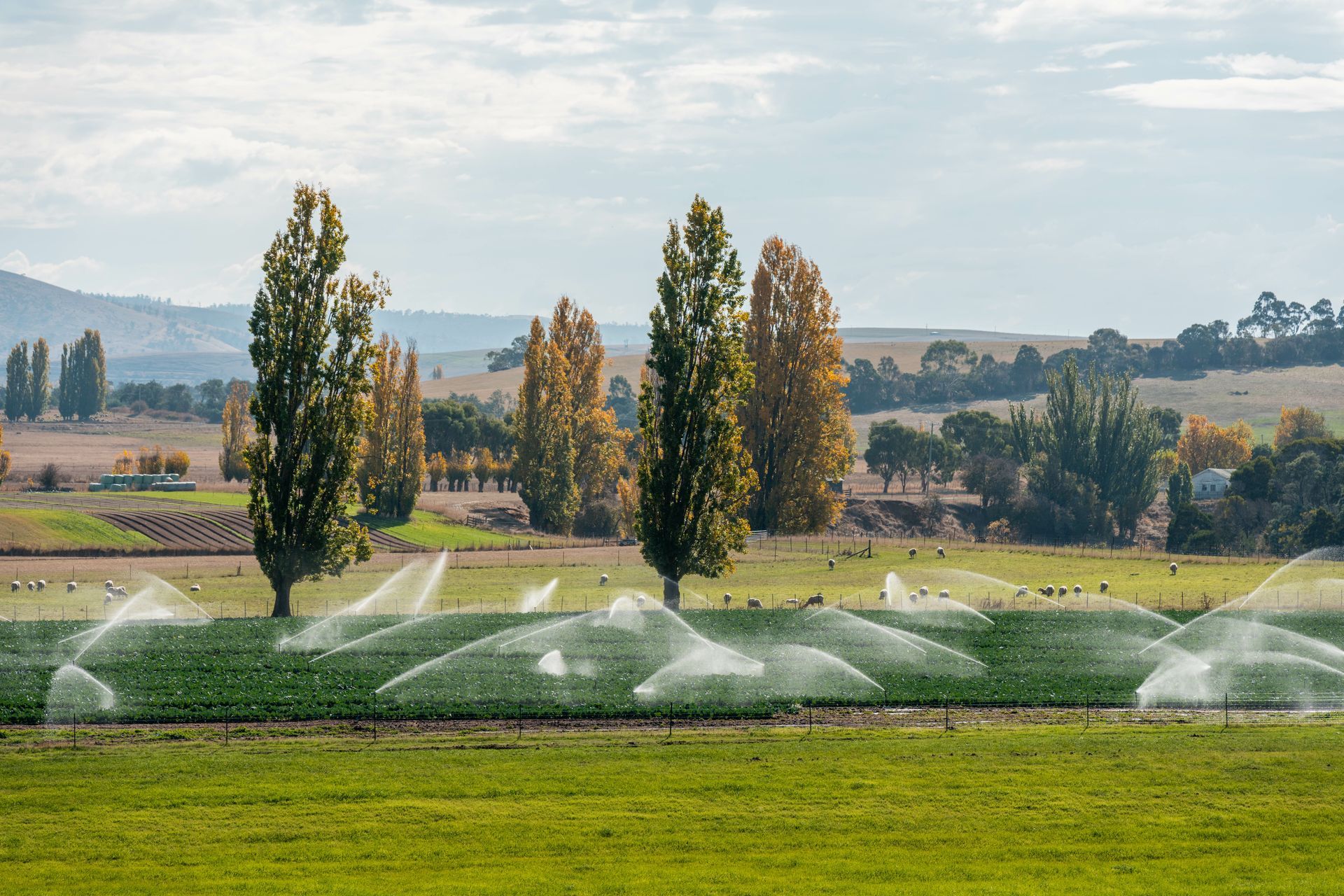Sustainable Ranch Living: Eco-Friendly Practices for Modern Landowners
January 23, 2025

Many modern ranch owners move to rural areas to harmonize with nature while maintaining a productive and self-sustaining property. Sustainable ranch living offers an opportunity to reduce environmental impact, conserve natural resources and create a long-lasting legacy of responsible land stewardship.
Whether you’re interested in managing a small homestead or a sprawling ranch, adopting eco-friendly practices can improve efficiency, lower costs and contribute to the overall health of the land.
The key to sustainability is finding practical solutions that align with both environmental and operational goals.
By managing grazing patterns effectively, ranchers can maintain lush, productive pastures without overburdening the land.
Additionally, proper manure management through composting helps reduce methane emissions while creating nutrient-rich organic fertilizer, further contributing to a sustainable and environmentally friendly ranching operation.
Contact us today to explore available properties or give us a call at (817) 618-6773 and begin your journey toward sustainable ranch living!
Whether you’re interested in managing a small homestead or a sprawling ranch, adopting eco-friendly practices can improve efficiency, lower costs and contribute to the overall health of the land.
The Importance of Sustainable Ranching
Sustainable ranching isn’t just about reducing your carbon footprint, it’s about creating a balanced ecosystem that benefits both livestock and the local ecology. By implementing green practices, landowners can:- Preserve soil health and prevent erosion
- Conserve water and reduce waste
- Improve livestock and native species well-being through natural grazing methods
- Reduce reliance on non-renewable energy sources
- Promote biodiversity and restore/maintain native habitats
The key to sustainability is finding practical solutions that align with both environmental and operational goals.
Eco-Friendly Ranching Practices
Rotational Grazing for Soil and Pasture Health
One of the most effective sustainable ranching methods used by today’s ranchers is rotational grazing. Instead of allowing livestock to overgraze a single area, this practice involves moving animals through different pastures to give grass and vegetation time to recover. Benefits include:- Improved soil fertility
- Reduced erosion and water runoff
- Increased biodiversity in plant life
- Better nutrition for livestock
By managing grazing patterns effectively, ranchers can maintain lush, productive pastures without overburdening the land.
Water Conservation Strategies
Water is one of the most valuable resources on a ranch, particularly those in Texas. Implementing water conservation techniques can reduce waste and ensure a reliable supply for livestock, crops and personal use. Today’s ranchers use a variety of methods to conserve water, including:- Rainwater Harvesting:
Collecting rainwater for irrigation and livestock use.
- Drip Irrigation Systems
: Minimizes water waste compared to traditional sprinklers.
- Ponds and Water Retention Basins:
Leverages natural water storage solutions that support wildlife and livestock.
- Drought-Resistant Landscaping:
Using native plants that require minimal watering can significantly reduce the added burden of watering landscaping.
Renewable Energy for Off-Grid Sustainability
Ranch properties often have ample sunlight and wind exposure, making them ideal candidates for renewable energy sources. Investing in solar panels, wind turbines or hydroelectric systems can provide a sustainable power supply for:- Barns and storage facilities
- Electric fencing and irrigation pumps
- Homes and ranch operations
Organic and Regenerative Agriculture
For ranchers growing crops, transitioning to organic and regenerative agriculture can significantly reduce environmental impact. Practices such as:- No-Till Farming: Reduces soil disturbance, preserving microbial life and preventing erosion.
- Cover Cropping: Enhances soil health and reduces the need for chemical fertilizers.
- Composting:
Recycles organic waste into nutrient-rich soil amendments.
Sustainable Livestock Management
The way livestock is raised has a direct impact on the environment, making sustainable ranching methods essential for both animal welfare and resource conservation. One effective approach is adopting free-range and grass-fed systems, which allow animals to graze naturally, leading to a healthier diet and improved well-being. Integrated livestock farming is another beneficial practice, where multiple species, such as cattle, goats and chickens, coexist to enhance land use efficiency and nutrient cycling.Additionally, proper manure management through composting helps reduce methane emissions while creating nutrient-rich organic fertilizer, further contributing to a sustainable and environmentally friendly ranching operation.
Wildlife Conservation and Habitat Restoration
Ranches play a critical role in supporting local native wildlife. Landowners can implement conservation strategies such as:- Planting native vegetation to attract pollinators and beneficial insects.
- Creating wildlife corridors and buffer zones to support biodiversity.
- Avoiding overdevelopment to maintain natural ecosystems.
Invest in a Sustainable Future in Texas
If you're looking for the perfect place to embrace sustainable ranch living, Ranger Ridge offers a premier opportunity to own ranchland in a pristine, natural setting. Designed with sustainability in mind, our properties provide access to modern amenities while preserving the beauty and integrity of the land.Contact us today to explore available properties or give us a call at (817) 618-6773 and begin your journey toward sustainable ranch living!











